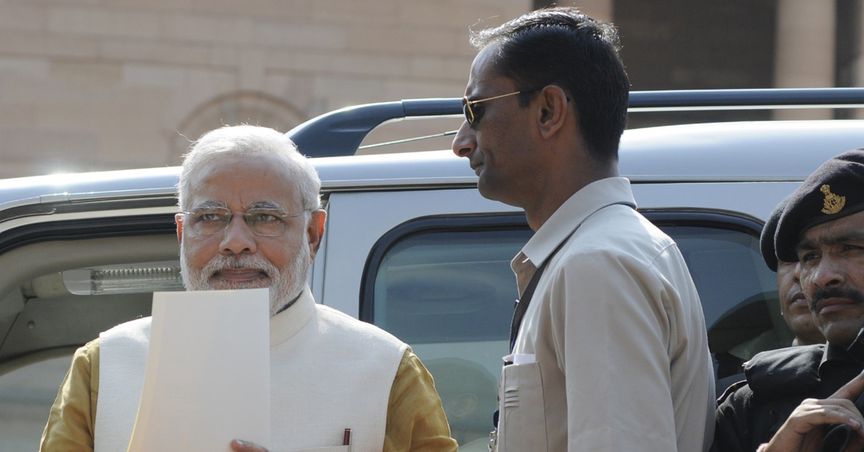As many as 13 ministers of the current Indian government resigned on Wednesday, as the country’s Prime Minister Narendra Modi went for a reshuffle of his cabinet – a move which many see as a bid to set the house in order with an eye on upcoming crucial polls.
Of the 13 ministers, seven are of the cabinet rank – topmost ministers in their respective departments directly reporting to the Indian prime minister.
A glaring highlight was the resignation of India’s federal Health Minister Dr Harsh Vardhan. His resignation came almost two months after the peak of the devastating second wave of the COVID-19 pandemic in the country. As the virus spread in the world’s second most populous country in an unprecedented way, the Modi government came under huge criticism. Many had been asking for the resignation of the health minister. Unlike the countries from Down Under – Australia and New Zealand – which have seen impeccable management of the pandemic, India has faltered badly in its COVID-19 management – much to the criticism, both locally and globally.
Mansukh Mandaviya would now take over as India’s health minister. While Harsh Vardhan was a doctor himself, Mr Mandaviya is a master’s in political science – when it comes to professional qualification. Belonging to Mr Modi’s home state of Gujarat, he has been a parliament member in Rajya Sabha – Indian parliament’s upper house and federal chamber – since 2012.
Another high-profile resignation has come from Ravi Shankar Prasad – who used to head the Information Technology portfolio and was the brain behind the new controversial social media rules. The social media giants have been contending that the new IT rules in India come with privacy concerns. The minister was also seen publicly spatting and launching tirades against the social media giant Twitter Inc (NYSE:TWTR) over various issues. Many have alleged that the anger of Mr Prasad was bolstered by the fact that the ruling Bharatiya Janata Party seemed to have lost grip on the narrative over Twitter, after years of complete domination. The portfolio held by Mr Prasad will not go to Ashwini Vaishnaw.
Joining the spate of resignations, India’s education minister Ramesh Pokhriyal Nishank, expressing his unwillingness to continue in his post due to health reasons, also put down his papers and Environment Minister Prakash Javadekar also resigned. As India is facing a high degree of unemployment compared with the historical numbers, India’s labour minister Santosh Gangwar has also resigned from his post.
As a replacement to these 13 exits, 36 new ministers have joined the government. The government, now has 77 ministers – contrary to the claims of “minimum government, maximum governance” that was espoused by Indian Prime Minister in early part of his tenure.
Among the fresh inductees, has been the high-profile turncoat from ideological rival Indian National Congress – Jyothiraditya Scindia – who had switched his allegiance towards the ruling party last year. Mr Scindia had played a crucial role in toppling the regional Congress government led by Kamal Nath in his home state located in central India – Madhya Pradesh.
The regions, which will see local elections over next one year, have got a lion’s share of new inductees. India’s most populous province Uttar Pradesh, right now headed by monk-cum-politician Ajay Bisht (Yogi Adityanath), has got eight new leaders included in the federal ministry. Similarly, Mr Modi’s home state of Gujarat has got six new faces. Both the states are headed for polls in 2022.
Existing junior ministers – Anurag Thakur and Hardeep Puri – have been elevated to the cabinet and are now among 15 new cabinet ministers.
In an interesting development, the government also announced a new ministry – the Ministry of Co-ordination with an aim of better co-ordination within the government. The ministry will be headed by Indian Prime Minister’s trusted aide and country’s Interior Minister Amit Shah.



